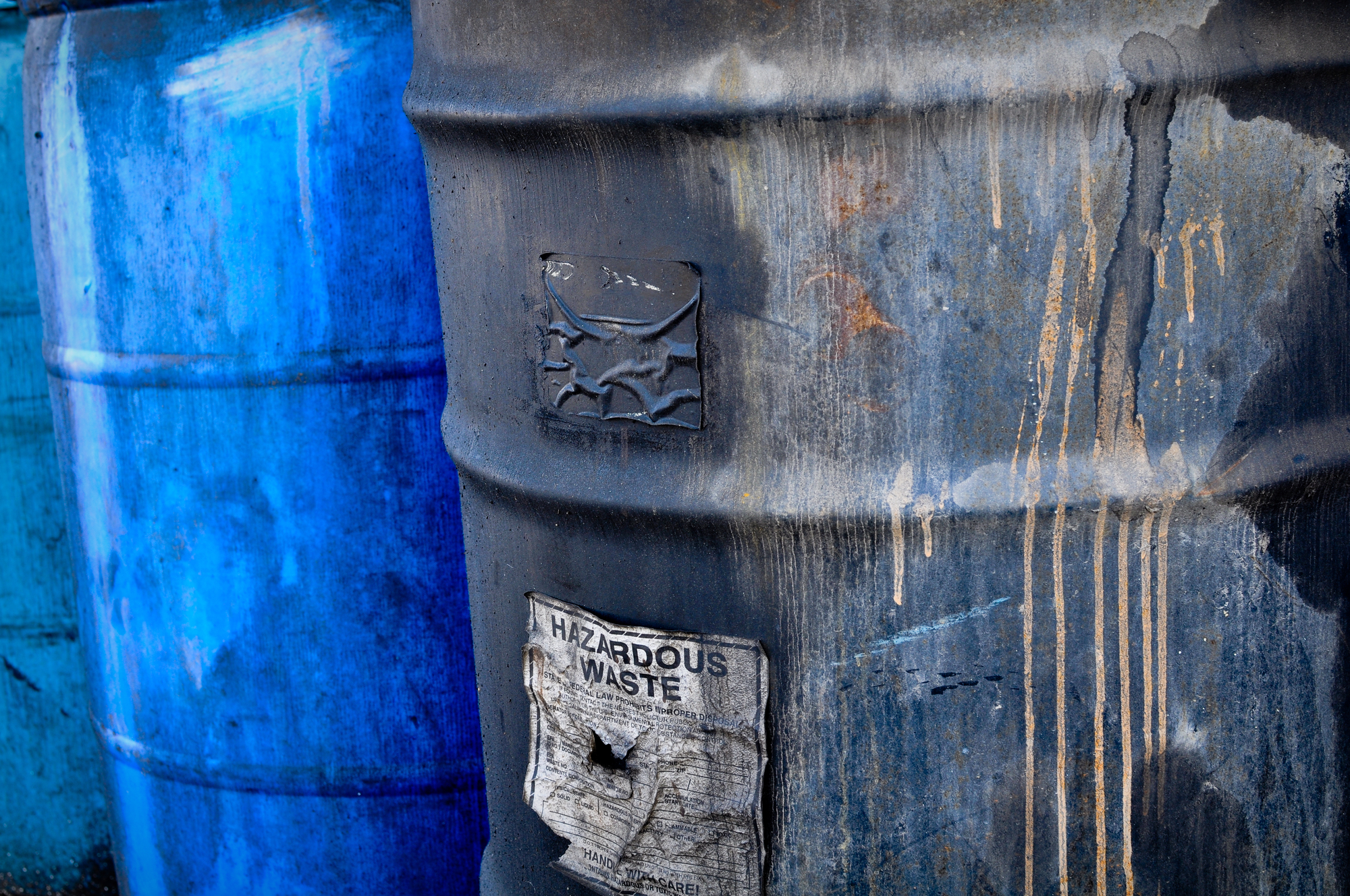

The D.C. Circuit Court of Appeals ruled Friday that the Environmental Protection Agency must implement “life-saving protections” that prevent the accidental release of toxic chemicals into the air and help emergency workers respond to chemical disasters.
These protections were supposed to take effect in March 2017 in the form of the Risk Management Plan, but the EPA sought a delay in June of last year—less than three months before Hurricane Harvey hit the Houston area and power cuts left the Arkema chemical plant unable to keep volatile chemicals from spontaneously combusting. First responders, overwhelmed by the fumes from the fire, were left Googling for more information about the chemicals they were being exposed to, the Texas Tribune reported. The EPA used a 20-month delay “to enable non-compliance,” judges said. Through the delay, the EPA essentially repealed the Risk Management Plan without going through the necessary legal process process to undo or revise the rule.
The judges’ decision can’t come soon enough, especially for Gulf communities during hurricane season, says Emma Cheuse, an Earthjustice attorney who argued the case, in an emailed statement. The Gulf Coast is dotted with petroleum refineries and petrochemical facilities that store large quantities of hazardous, combustible chemicals.
The rule could still be negated in the future, however. The EPA is currently taking comments on proposed revisions to eliminate key accident prevention measures and limit the information facilities have to share with the public.
“We are calling on EPA to drop the proposed roll-back rule (on which it is taking comment this week) and start following the law and protecting public health and safety,” Cheuse says.
Five years ago, then-President Barack Obama tasked the Environmental Protection Agency with updating the Risk Management Plan to improve chemical storage and safety in the wake of the West Fertilizer Company Plant industrial disaster in West, Texas. Some 80,000 to 100,000 pounds of improperly stored ammonium nitrate caught fire and detonated. The explosion killed 15 people, including 10 volunteer firefighters and emergency first responders, injured more than 260, and damaged 150 buildings in the area.
The rule that the EPA finalized in the last days of the Obama administration required certain categories of facilities to beef up their chemical safety measures: troubleshooting root causes of catastrophic releases or near-misses, performing third-party audits after reported accidents, periodically looking for safer technologies, coordinating with local response teams at least once a year, and giving local emergency personnel on-site chemical information so that they can prepare their response in the event something happens.
Almost immediately, trade associations for chemical, paper, petroleum, and manufacturing companies—unwilling to reveal “sensitive information” which they argued could be exploited by terrorists—petitioned the EPA to stay and reconsider the rule. A coalition of 11 states led by Louisiana also petitioned.
The agency is still in the process of reconsidering the rule.
“It’s kind of amazing in this day and age that we keep having to have a conversation about this, that we should be protecting people from things exploding in their neighborhoods,” says Jane Williams, executive director of the California Communities Against Toxics, an environmental advocacy group and plaintiff in the case.
It doesn’t make sense that a rule that protects workers, first responders, and people living at the fenceline should be met with so much resistance, Williams says.
Facilities should have to consider how to properly store chemicals to withstand natural disasters including earthquakes, floods, and power outages, she says. And shouldn’t emergency workers have the information to decide whether to evacuate nearby residents and don respiratory apparatus when responding to dangerous incidents?
“It’s time to get this done,” says Hilton Kelley, founder of the Community In-Power and Development Association in Port Arthur, Texas, another plaintiff on the case.
Port Arthur—which has cancer incidence rates above the state average, especially in Black and Latino communities—is surrounded by oil refineries and petrochemical facilities. Residents contend with strange chemical odors that appear in their neighborhood on a regular basis, Kelley says. The odors usually indicate a gas leak somewhere at one of the nearby facilities.
Knowing there’s a plan in place to prevent or respond to major chemical accidents means one less thing to worry about.
“We’re happy about this chemical disaster rule decision,” Kelley says. “EPA has delayed long enough and enough lives have been lost.”
